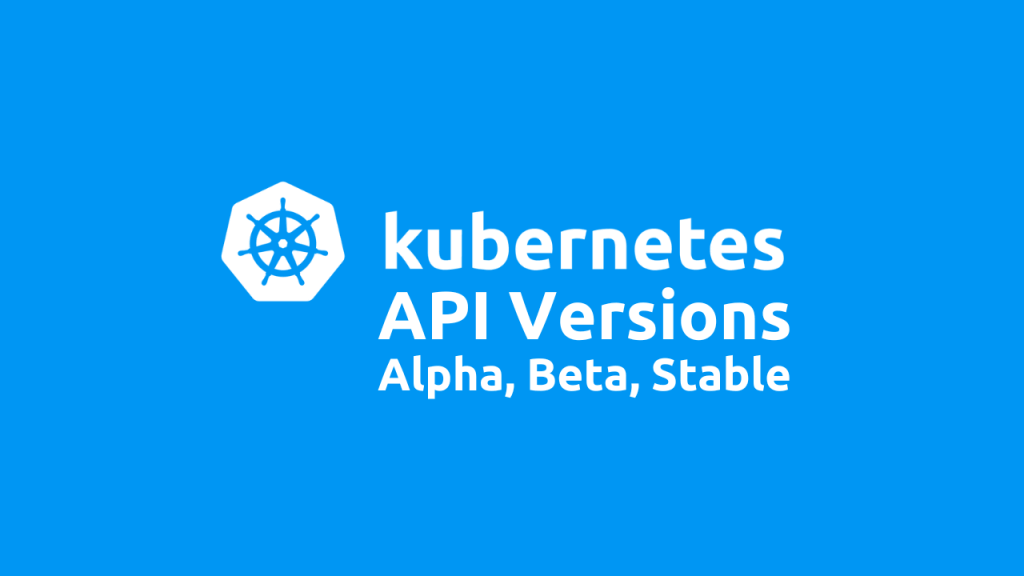Mastering API Management in Kubernetes: Overcoming Challenges and Building Scalable Architectures

Kubernetes has revolutionized container orchestration, emerging as the gold standard for deploying, managing, and scaling microservices. However, API management in this dynamic, distributed environment presents unique challenges. Traditional API management solutions, designed for static architectures, often struggle to keep pace with Kubernetes' flexibility and scalability.
This article explores the complexities of API management in Kubernetes, offers actionable solutions, and proposes a reference architecture for a Kubernetes-native approach.
Kubernetes excels at managing containerized applications with features like self-healing, load balancing, and automated scaling, making it ideal for microservices. However, API management in Kubernetes must address key challenges:
Configuration Management
API configurations often exist outside Kubernetes resources, requiring additional tools and processes for integration.
Managing configurations across multiple clusters and environments adds complexity.
Security
Ensuring consistent security policies across clusters is challenging, especially with API-specific requirements like fine-grained access controls and rate limiting.
Observability
Scalability
Dynamic Architecture
To address these challenges, organizations are transitioning to Kubernetes-native API management, which aligns API workflows with Kubernetes' declarative and scalable architecture.
Use Custom Resource Definitions (CRDs)
CRDs allow APIs and their policies (e.g., rate limiting, authentication) to be defined as Kubernetes-native resources.
Developers can manage APIs declaratively through Kubernetes manifests, ensuring version control and auditability.
Select the Right Gateway
Replace basic ingress controllers with Kubernetes-native API gateways based on the Gateway API Specification.
These gateways offer advanced features like fine-grained security, rate limiting, and traffic shaping, complementing service meshes for internal traffic management.
Implement a Robust Control Plane
Build a control plane that provides API discovery, subscription management, and self-service tools.
This ensures technical and business needs are met, enhancing API adoption and usability.
Adopt GitOps for Lifecycle Management
Use GitOps to track API configurations and policies in a version-controlled repository.
CI/CD pipelines ensure consistent deployment across clusters, automating changes and rollbacks.
Enhance Observability with OpenTelemetry
Leverage OpenTelemetry to collect distributed traces, metrics, and logs for end-to-end visibility.
Monitor API performance, identify bottlenecks, and detect anomalies in real-time.
Scale with Kubernetes' Built-In Features
Use Kubernetes' Horizontal Pod Autoscaler (HPA) to scale API gateways based on metrics like CPU usage or request rates.
Integrate rate limiting and security policies at the namespace level for isolation and scalability.
A robust Kubernetes-native API management architecture should include the following components:
API Gateway
Custom Resource Definitions (CRDs)
GitOps Workflows
Observability Stack
Control Plane
Kubernetes Features
(A detailed architecture diagram illustrating the integration of CRDs, gateways, GitOps workflows, and observability tools.)
Design APIs for Scalability
Integrate Security Early
Automate Observability
Leverage Service Meshes and Gateways
Adopt a Modular Approach
API management in Kubernetes introduces new challenges, but Kubernetes-native approaches can unlock operational excellence. By leveraging CRDs, GitOps, OpenTelemetry, and Kubernetes' scaling features, organizations can streamline API workflows and align them with Kubernetes' dynamic architecture.
As Kubernetes adoption accelerates, embracing native tools for API management is critical for building modern, scalable, and secure API-driven architectures. These solutions not only simplify complexity but also position businesses to thrive in the cloud-native era.

For modern telecom enterprises, delivering exceptional QoS is no longer optional—it’s a brand differentiator and a strategic lever for growth. Static provisioning models won’t cut it in a world of hyper-dynamic data usage.